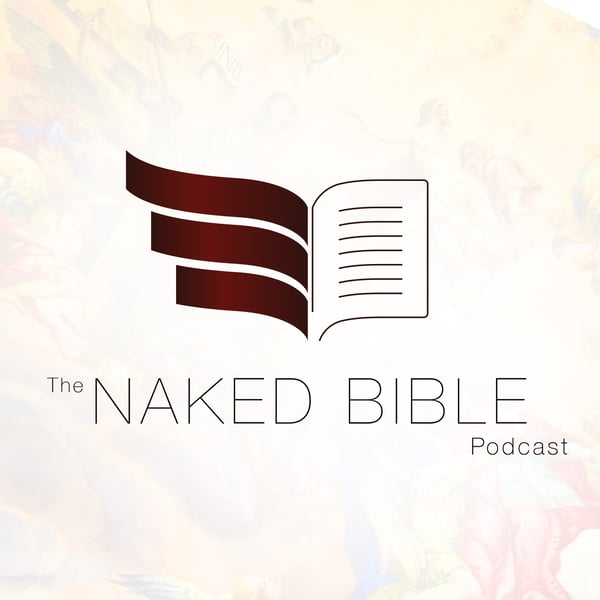Naked Bible 019: Taking the Bible’s Own Context Seriously, Part 4: 2nd Temple Texts in Translation
The Naked Bible Podcast
Dr. Michael S. Heiser
4.8 • 4.7K Ratings
🗓️ 22 January 2015
⏱️ 24 minutes
🧾️ Download transcript
Summary
Transcript
Click on a timestamp to play from that location
| 0:00.0 | In either direction or outside to front. |
| 0:05.3 | In both direction itю |
| 0:07.5 | There are adore |
| 0:24.4 | never see |
| 0:25.9 | go |
| 0:27.8 | Welcome back to the Naked Bible Podcast. We're still in the early stages of a series |
| 0:38.3 | on Bible study. We began the series talking about how essential it is to interpret the |
| 0:44.0 | Bible in its own context, that context being the world of the ancient Near East with respect |
| 0:50.0 | to the Old Testament, and the second temple period with respect to the New Testament, |
| 0:55.9 | and to bring the Bible in these contexts means thinking like a person living at these times |
| 1:01.7 | in these places. The best way to do that is to immerse yourself in the worldview of the |
| 1:07.3 | civilizations of these eras, with which the biblical writers had regular contact, and |
| 1:13.5 | the best way to become familiar with how these people thought, and therefore how the |
| 1:17.5 | biblical writers thought either in agreement or in divergence from their neighbors, is |
| 1:23.6 | to read the intellectual output of these other cultures. That means getting into their |
| 1:28.7 | written sources. The last episode of the podcast dealt with the need to tap into the written |
| 1:35.4 | material of the ancient Near East, since that is the context for the Old Testament. In this |
| 1:41.3 | episode we'll turn attention to the New Testament context, the second temple period. As in the |
| 1:47.8 | last episode, I'll introduce you to print and online sources for reading those texts in English |
| 1:54.5 | translation. Now as we begin, we should be clear on some terminology and exactly what literature |
| 2:01.0 | we're talking about. The second temple period refers to the period in Israel's history, right |
| 2:07.4 | after the nation returned from exile and Babylon, and built a new temple in Jerusalem. The first |
... |
Please login to see the full transcript.
Disclaimer: The podcast and artwork embedded on this page are from Dr. Michael S. Heiser, and are the property of its owner and not affiliated with or endorsed by Tapesearch.
Generated transcripts are the property of Dr. Michael S. Heiser and are distributed freely under the Fair Use doctrine. Transcripts generated by Tapesearch are not guaranteed to be accurate.
Copyright © Tapesearch 2025.

